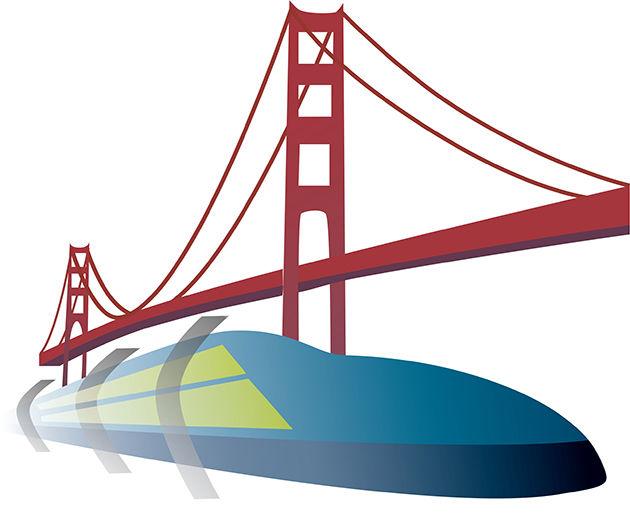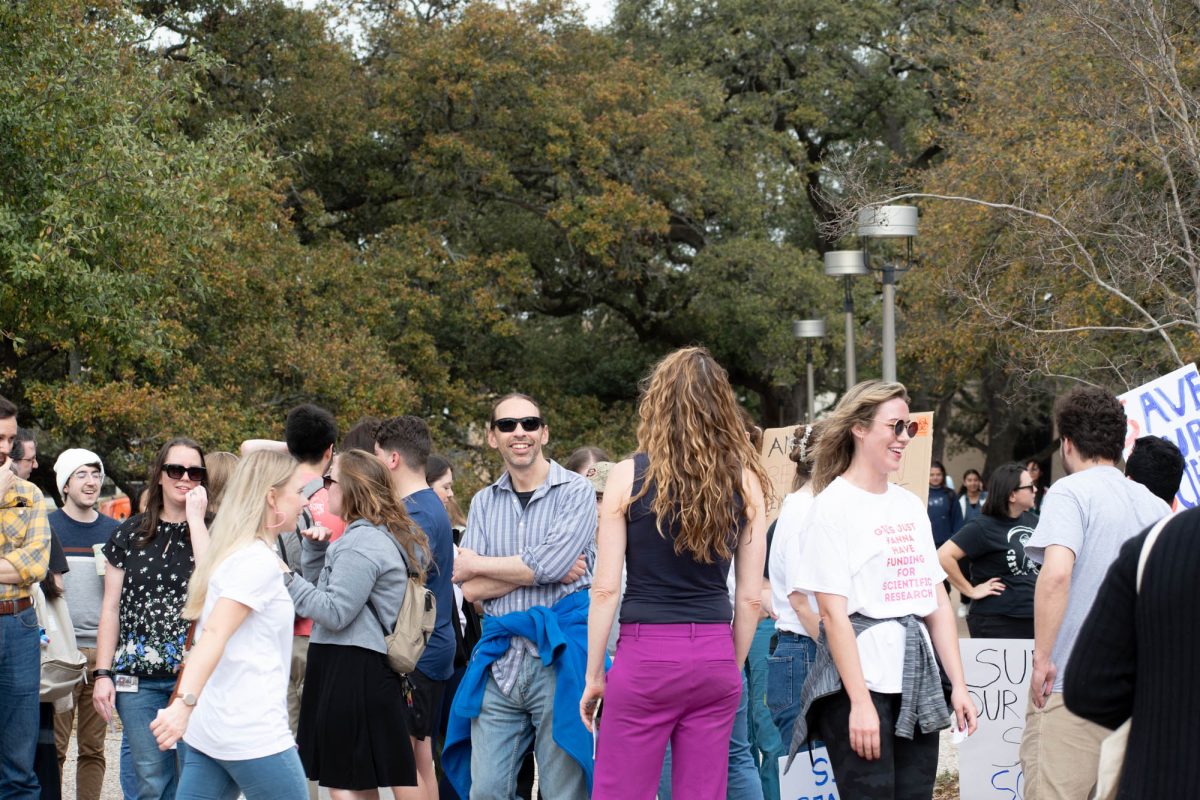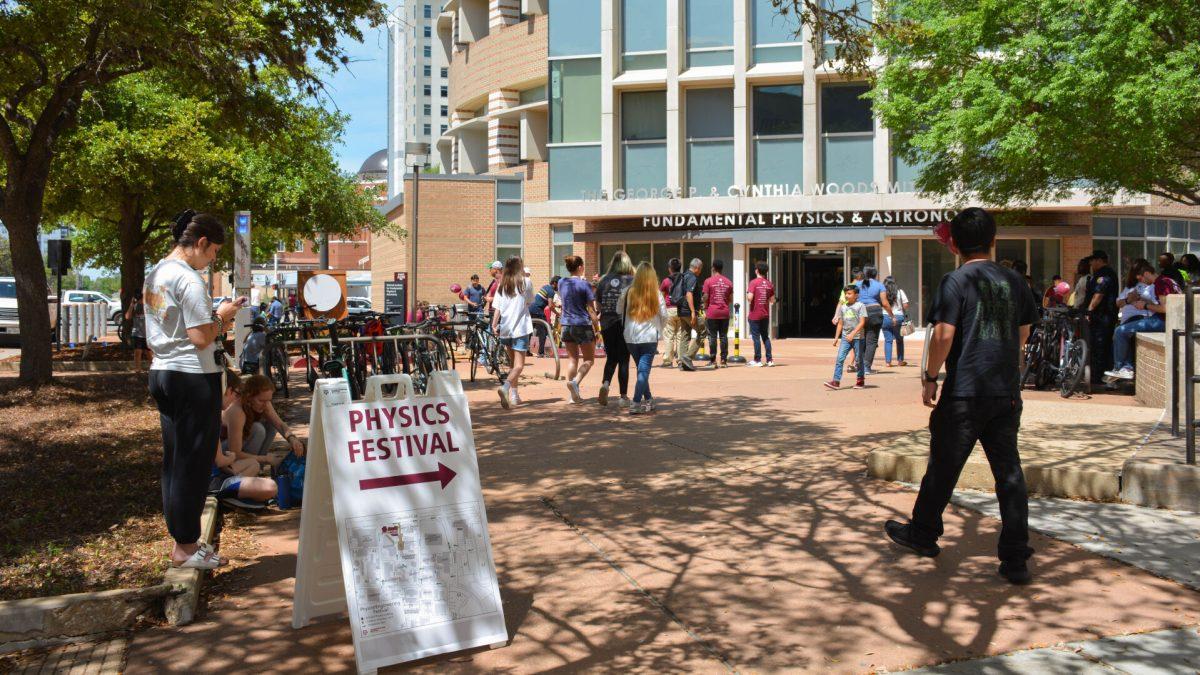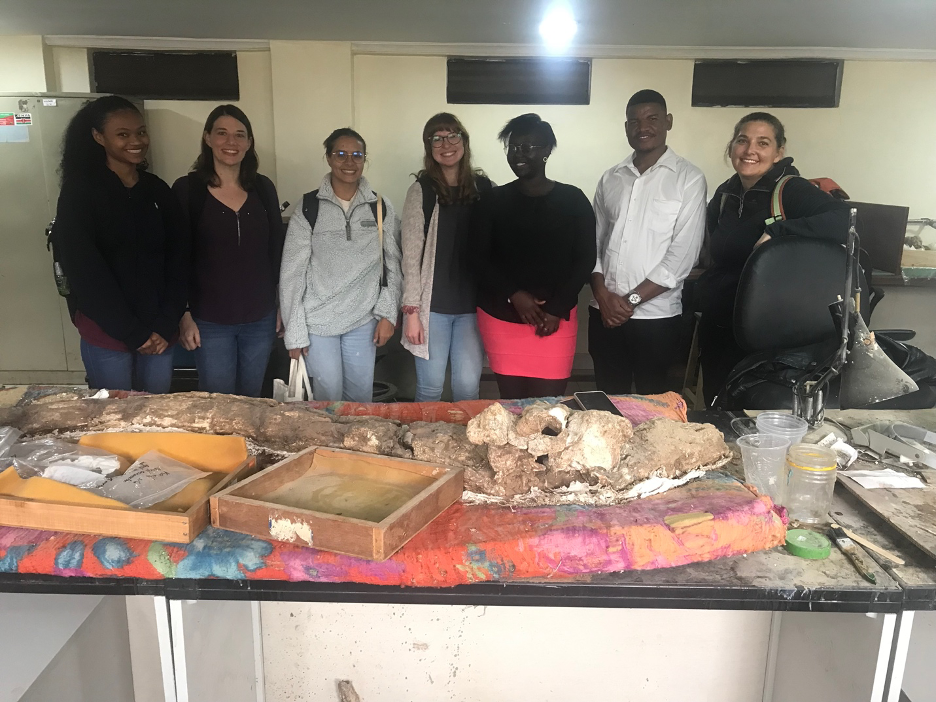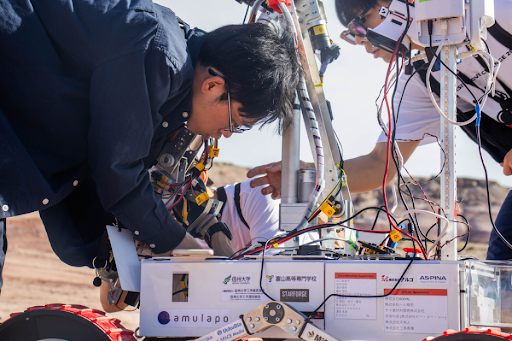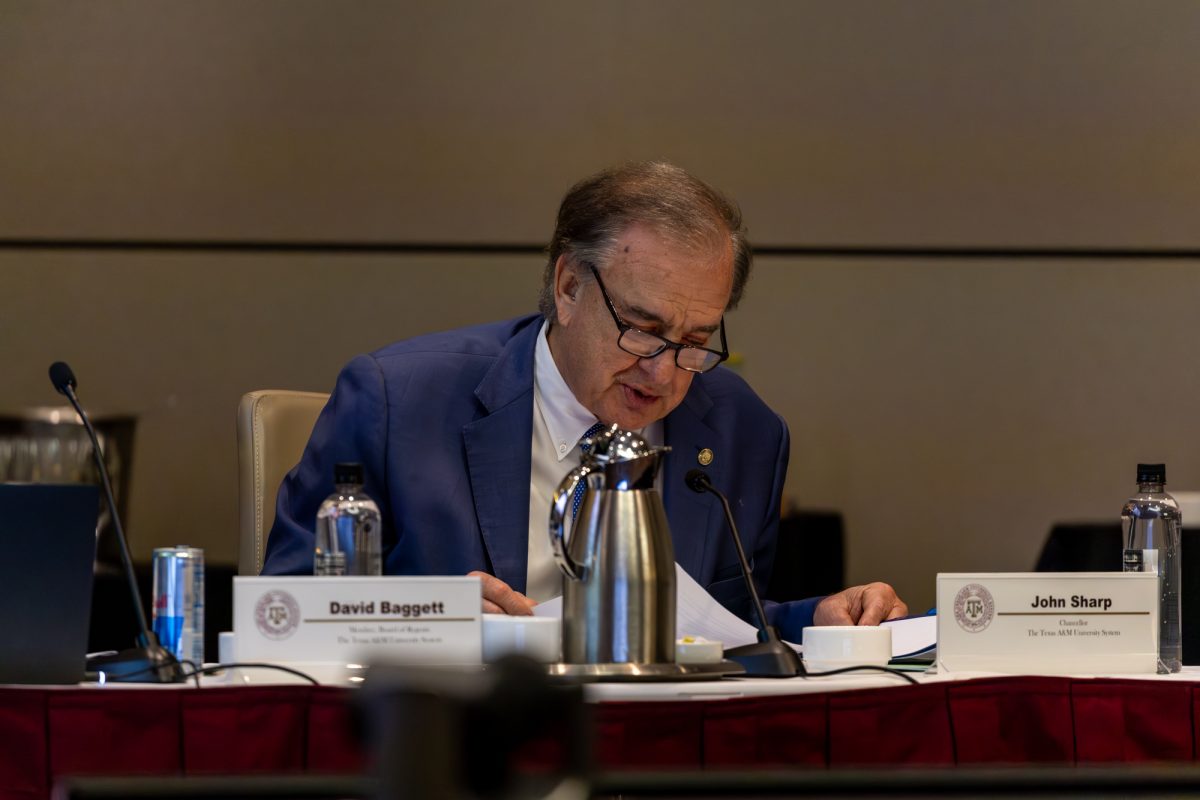A semester’s worth of late nights, scrubbed designs and computations have paid off for six Texas A&M teams that will advance to the Hyperloop international design competition in January. As campus empties for the holidays, at least one of these teams will continue to work over break for a chance to revolutionize transportation in America.
The Hyperloop concept — a brainchild of SpaceX and Tesla Motors founder Elon Musk — hopes to change the way people commute across the country. A tube with near-vacuum pressure will hold passenger and cargo “pods” that travel over 700 miles per hour, reducing the travel time from Los Angeles to San Francisco — a 5 hour and 46 minutes drive, according to Google Maps — to just 30 minutes.
Six Aggie teams will compete against university and industry groups from around the world on Jan. 29 and Jan. 30 when SpaceX hosts its final competition on A&M’s campus.
Matthew Wescott, aerospace engineering senior, is a member of “TAMU Aerospace Hyperloop,” a student team made up of just over 30 students from two aerospace engineering design classes. Wescott said several team members have volunteered to continue to work over break.
“By choosing to stay late and work over winter break, the aerodynamics sub team is going that extra mile,” Wescott said.
Wescott said the team will use the time to focus on refining existing data on their pod design, and will look at how the pod performs under various circumstances.
Working over the break while the majority of students are gone has one distinct advantage, Wescott said. Less researchers will be using the Texas A&M supercomputer, a critical tool for the team’s design process, Wescott said.
“We have intensive [computational fluid dynamics] calculations still in the works, and staying on campus to run these and coordinate remotely with other team members is easiest,” Wescott said. “We are hoping that the processing power of the super-computing clusters will be greatly freed up at the start of break.”
A final design report by each team is due to SpaceX Jan. 13. SpaceX accepted the final competition teams, including Texas A&M’s six groups, on Nov. 25 after a preliminary design review of each competing team’s design.
Adonios Karpetis, associate professor of aerospace engineering and faculty advisor for one of the A&M teams, said each team put together about 30 slides for the preliminary round.
“There was a fierce competition that took place [for the] preliminary briefing,” Karpetis said.
Members of the TAMU Aerospace Hyperloop team are enrolled in two aerospace design classes which are taught by Karpetis and Moble Benedict, aerospace engineering assistant professor. Benedict said the course he taught was a little unconventional, as a few lectures were given in the beginning before students split into groups to focus on a specific task.
“We divided the class into different subgroups focusing on different subsystems of the pod and every group in every class makes a presentation,” Benedict said. “They make a powerpoint presentation and they talk about the course. If you look at the preliminary design briefing it’s kinda, these presentations added up from different groups.”
Rhett Moffett, aerospace engineering senior, was part of the aerodynamics subgroup and said a lot of work went into the project.
“It was a lot more than just what I was specifically working on, but I was with the aerodynamics, so the shape of the pod going through the tube and also working on an inlet design, so there’s turbomachinery to basically make it work,” Moffett said. “Originally, we started with a paper design, using [one-dimensional], to design a full scale, going the full speed that SpaceX wanted us to.”
Moffett said there are about 10 groups working on specific aspects of the Hyperloop — structures, air bearings, mechanical systems, electromagnetic, etc. — and his aerodynamics team is working on two different designs that are both in the same one design, meaning they are working on the design to be presented in January, but also designs for what happens on a bigger scale.
“We’re focusing on is really trying to look at the big picture, at the future,” Moffett said. “So instead of just looking ‘Okay, what is coming up in January,’ we’re definitely focusing on that, we’re also focusing on where can this project go in the future and what changes will need to be done when you scale it up because you can’t just scale up what works at slower speeds.”
Karpetis said there will be multiple winners at the end of the design weekend, but the prize is having the opportunity to take part in the test track of the Hyperloop.
“The success here would be advancing to the next step and participating in the summer competition test track,” Karpetis said.
Hyperloop for the holidays
December 13, 2015
0
Donate to The Battalion
$1865
$5000
Contributed
Our Goal
Your donation will support the student journalists of Texas A&M University - College Station. Your contribution will allow us to purchase equipment and cover our annual website hosting costs, in addition to paying freelance staffers for their work, travel costs for coverage and more!
More to Discover




